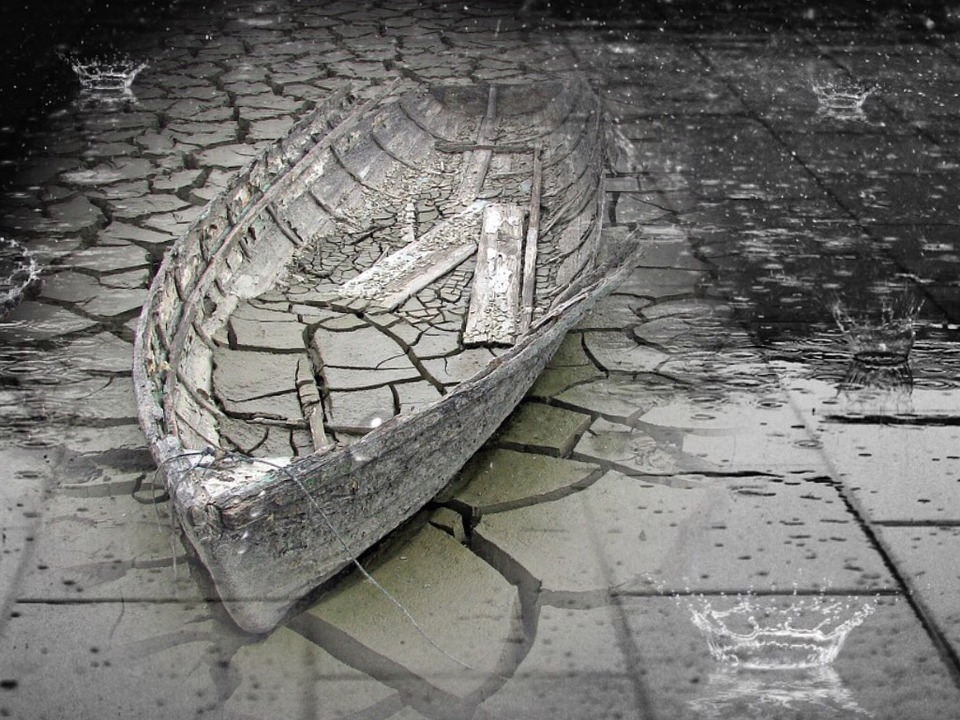Earthquake Off Fukushima, Japan, Triggers Tsunami
12/05/2016 / By fukushima

TOKYO — A powerful earthquake triggered a tsunami off the coast of Japan early Tuesday, near where three nuclear reactors melted down at a plant in Fukushima after a quake and tsunami in 2011.
Article by Motoko Rich
Tuesday’s quake quickly brought evacuation warnings along the coast that was ravaged just over five years ago. For about 90 minutes, fears of the 2011 nuclear disaster were raised as a cooling system in one reactor in another nearby plant shut down. It was restored without incident.
The public broadcaster NHK exhorted residents of Fukushima Prefecture to leave coastal areas immediately. “Please move as far away from the shoreline as possible,” the announcer said. “Please remember the Great East Japan earthquake.”
A tsunami wave of about 55 inches hit the port of Sendai in Miyagi Prefecture about an hour and a half after the quake hit, and NHK said minor injuries had been reported. The first tsunami waves hit the coast at Onahama in Fukushima Prefecture at about 23 inches. At the Fukushima nuclear plant, the tsunami waves rose to about three feet. No deaths were immediately reported.
The Japanese weather service reported a preliminary magnitude of 7.4 and issued a warning of a tsunami of about 10 feet. (The United States Geological Survey reported a lower magnitude, 6.9.)
The warnings were lifted in the early afternoon, and people were allowed to return to their homes.
The Tokyo Electric Power Company, or Tepco, reported that a cooling system in one of the reactors at Fukushima Daini, a nuclear facility not far from the ruined Daiichi plant, had stopped but said there was enough water in the reactor to keep the 2,544 spent fuel rods cool in the short term. But the utility later said the system had resumed operations after 90 minutes.
The Fukushima Daini power station, about seven miles south of Daiichi, has not produced electricity since the 2011 calamity, in which it suffered earthquake damage. Most of Japan’s nuclear power plants have been shut down since soon after the disaster amid public concern about their safety. Fukushima Daini’s reactors are turned off, but the plant still has uranium fuel in a storage pool that must be kept cool by pumping water through the reactors.
After the 8.9-magnitude earthquake and tsunami five years ago, three reactors at the Daiichi plant melted down after tsunami waves breached the power station’s protective sea walls and inundated the facility. The water flooded buildings and destroyed diesel-powered electricity generators that were supposed to keep critical systems functioning in a blackout.
Since the 2011 disaster, Tepco has been cleaning up and has started the decommissioning process. Officials reported that they found no damage or radiation release after initial inspections Tuesday morning.
Tepco has struggled with the aftermath of the 2011 disaster. About 7,000 workers, most of them contractors, are still at the site for the cleanup and decommissioning, which is projected to take as long as 40 years. One of the biggest problems is the huge amount of hazardous waste that has been generated. There are more than 700 tanks, about 1,000 tons each, that workers have built to store water that has continuously seeped into the melted reactors from the ground since the disaster. After Tuesday’s earthquake, Tepco said it had suspended the transfer of contaminated water to the tanks.
In an effort to stem the groundwater flow, Tepco has built an underground wall of frozen dirt 100 feet deep and nearly a mile in length in an effort to halt the flood of groundwater into the damaged reactor buildings. The so-called ice wall is not yet fully frozen, and groundwater continues to flow into the reactors every day.
Tepco appeared to have learned some lessons from the 2011 disaster, when it failed to give timely updates. On Tuesday, Tepco released information about the status of its plants almost immediately.
At the peak of the 2011 nuclear disaster, 160,000 people fled or were evacuated from around the plant. Almost 90,000 people have not returned.
The disaster also fundamentally changed the course of nuclear power in energy-poor Japan, which had invested heavily in its 50-odd nuclear power stations in its quest to reduce its reliance on fossil fuels and energy imports.
On Tuesday, the government was taking no chances on warning residents in tsunami zones to evacuate. Sirens rang continuously in the communities near the coast. NHK, the public broadcaster, kept a huge red banner on the top of the screen all morning reading, “Flee immediately!”
The 2011 disaster killed almost 16,000 people as sea waves rose as high as 130 feet at Miyako in Iwate Prefecture. An additional 2,500 were reported missing and never found.
Read more at: nytimes.com
Submit a correction >>
Tagged Under:
2016, earthquake, Fukushima, November, tsunami
This article may contain statements that reflect the opinion of the author
RECENT NEWS & ARTICLES
COPYRIGHT © 2017 FUKUSHIMAWATCH.COM
All content posted on this site is protected under Free Speech. FukushimaWatch.com is not responsible for content written by contributing authors. The information on this site is provided for educational and entertainment purposes only. It is not intended as a substitute for professional advice of any kind. FukushimaWatch.com assumes no responsibility for the use or misuse of this material. All trademarks, registered trademarks and service marks mentioned on this site are the property of their respective owners.




















